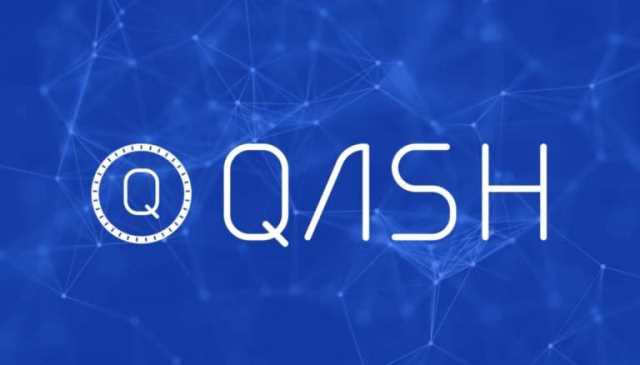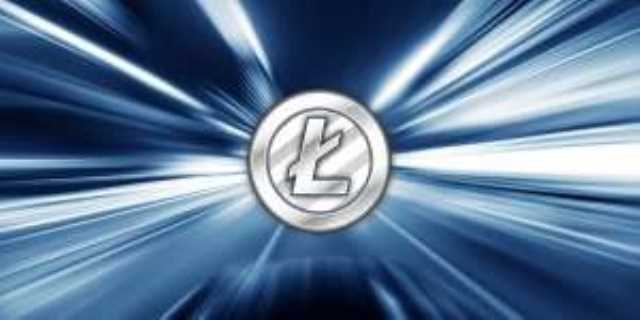The key thing to understand is that Bitcoin uses blockchain as a means to transparently record a ledger of payments or other transactions between parties. For example, exchanges have been hacked in the past, resulting in the loss of large amounts of cryptocurrency. While the hackers may have been anonymous—except for their wallet address—the crypto they extracted is easily traceable because the wallet addresses are published on the blockchain. Transactions follow a specific process, depending on the blockchain they are taking place on. For example, on Bitcoin’s blockchain, if you initiate a transaction using your cryptocurrency wallet—the application that provides an interface for the blockchain—it starts a sequence of events.
1 Performance optimization-centric solutions
- Therefore, trustworthy data feeding mechanisms (known as Oracles) are required to build a bridge between blockchain and the external world (e.g., Web API).
- But if the world transitions to blockchain for every industry and use, its exponentially growing size would mean more advanced techniques to reduce its size or that any participants would need to continually upgrade their storage.
- To do so, we present a taxonomy of existing blockchain-enabled smart contract solutions, categorize the included research papers, and discuss the existing smart contract-based studies.
- The hash is then entered into the following block header and encrypted with the other information in that block’s header, creating a chain of blocks.
- Such a record could be a list of transactions (such as with a cryptocurrency), but it is also possible for a non-public blockchain to hold a variety of other information like legal contracts, state identifications, or a company’s inventory.
To sum up, thanks to Layer 2, a great portion of the work that would be performed by the “main-chain” can be moved to the second layer. So while the “main-chain” provides security, the second layer protocols provides better solutions for the scalability issue by offering high throughput, being able to perform hundreds, or even thousands, of transactions per second. Although smart contracts fulfill many conditions related to data/device management, they have some drawbacks, based on basic design principles of blockchain technology. First, the data stored on smart contracts are publicly readable through public transactions with no read access restrictions. Thus, it is required to avoid storing private or device keys on smart contracts to the public availability of the information.
Understanding Blockchain Technology
Well, the oodles of money being thrown around is what gets a lot of attention, but blockchain technology isn’t just limited to financial purposes. Technically, anyone can make a blockchain to keep track of anything, so there could really be infinite blockchains. (I even made a very silly one while writing this article.) There are also companies that run their own blockchains, but we’ll get into that later.
Limit on Transactions per Second
But with a few notable exceptions, these use cases remain limited trials or experiments rather than real shifts to using blockchain for business. As it is now, every node of a blockchain network stores a copy of the entire data chain and processes every transaction. This requires a certain level of computational power, resulting in slow, congested networks and lagged processing times especially during high-traffic periods. Scalability issues arise due to limitations in block size, block processing times and resource-intensive consensus mechanisms. This is why novel approaches — such as layer 2 scaling solutions, sharding and alternative consensus algorithms — are being developed. Several smart contracts require receiving information or parameters from resources that are not on the blockchain itself, so-called off-chain resources.
For instance, Amani et al. [2] extended an existing EVM formalization in Isabelle/HOL by a sound program logic at the level of bytecode. The principle of the method is to organize the bytecode sequences into linear code blocks and create a logic program, where each block is processed as a set of instructions. Each part of the verification is validated in a single trusted logical framework from the perspective of bytecode. As aforementioned, blockchain technology has emerged as a distributed computing crypto and blockchain articles paradigm that successfully overcomes the problem related to the trust of a centralized party. Specific nodes in the network known as miners are responsible for adding new blocks to a distributed public ledger known as the blockchain. Launched under the pseudonym Satoshi Nakamoto, the peer-to-peer electronic cash system not only established a digital alternative to fiat currency, it also introduced the concept of a public, decentralized blockchain that drops third party intervention.
Apart from moving cryptocurrencies from one wallet to the next, blockchain technology is an emerging technology with wide-ranging application potential, from preventing fraudulent banking and supply-chain bottlenecks to safeguarding medical records. Telegram may appear similar to other messaging platforms like WhatsApp at first glance, but it’s different in key respects. That includes its embrace of blockchain technology, including its close integration with the cryptocurrency TON through games, payments, and an advertiser network on its platform.
After launching the public version of its blockchain in May 2021, TON would face accusations of centralization—a taboo in crypto—especially given rules around governance and token distribution that some investors and analysts described as opaque. The crypto research firm White Rabbit found that 85.8% of the initial token supply was mined by a few groups of miners connected with one another and affiliated with the TON Foundation. Campo told Fortune that the relationship between Telegram and TON is still unclear, including how much of the token Telegram owns. The second advance (strangely absent from Bitcoin’s founding paper, which only focuses on describing the protocol itself) turns Bitcoin into a truly programmable currency. It allows for the creation of payment channels between users which, combined, give rise to the Lightning Network, an overlay to the Bitcoin network (Dryja and Poon 2015). This new network has incredible performance in terms of scalability, and its transaction throughput (number of transactions processed per second) is far superior to that of traditional centralized networks like Visa or Paypal.
How is data added to a blockchain?
Notably, it is very difficult to alter transactions logged in a public blockchain as no single authority controls the nodes. While any conventional database can store this sort of information, blockchain is unique in that it’s totally decentralized. Rather than being maintained in one location, by a centralized administrator—think of an Excel spreadsheet or a bank database—many identical copies of a blockchain database are held on multiple computers spread out across a network. Although blockchain can save users money on transaction fees, the technology is far from free. For example, the Bitcoin network’s proof-of-work system to validate transactions consumes vast amounts of computational power.
These blockchain-based development platforms are used in the existing studies that we detail in the following sections. Because of that ability to reveal fraud, blockchain has been touted as a way to secure voting; manage property sales and other contracts; and track identity, qualifications, or even concert tickets. Walmart Canada turned to blockchain to address payment disputes with freight carriers by automatically sending payments rather than manually reconciling invoices, and the company has since expanded its use of blockchain. For example, say I wanted to sell space rocks and claimed to prove their authenticity using blockchain technology. Proof of work systems are… complex, but we’ve already covered most of what we need to know to understand them. Basically, the blockchain will have certain rules for what it wants hashes to look like for blocks.


